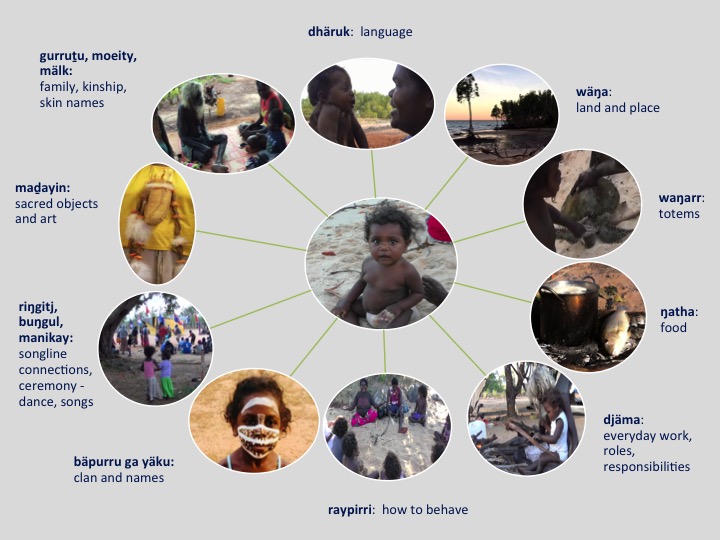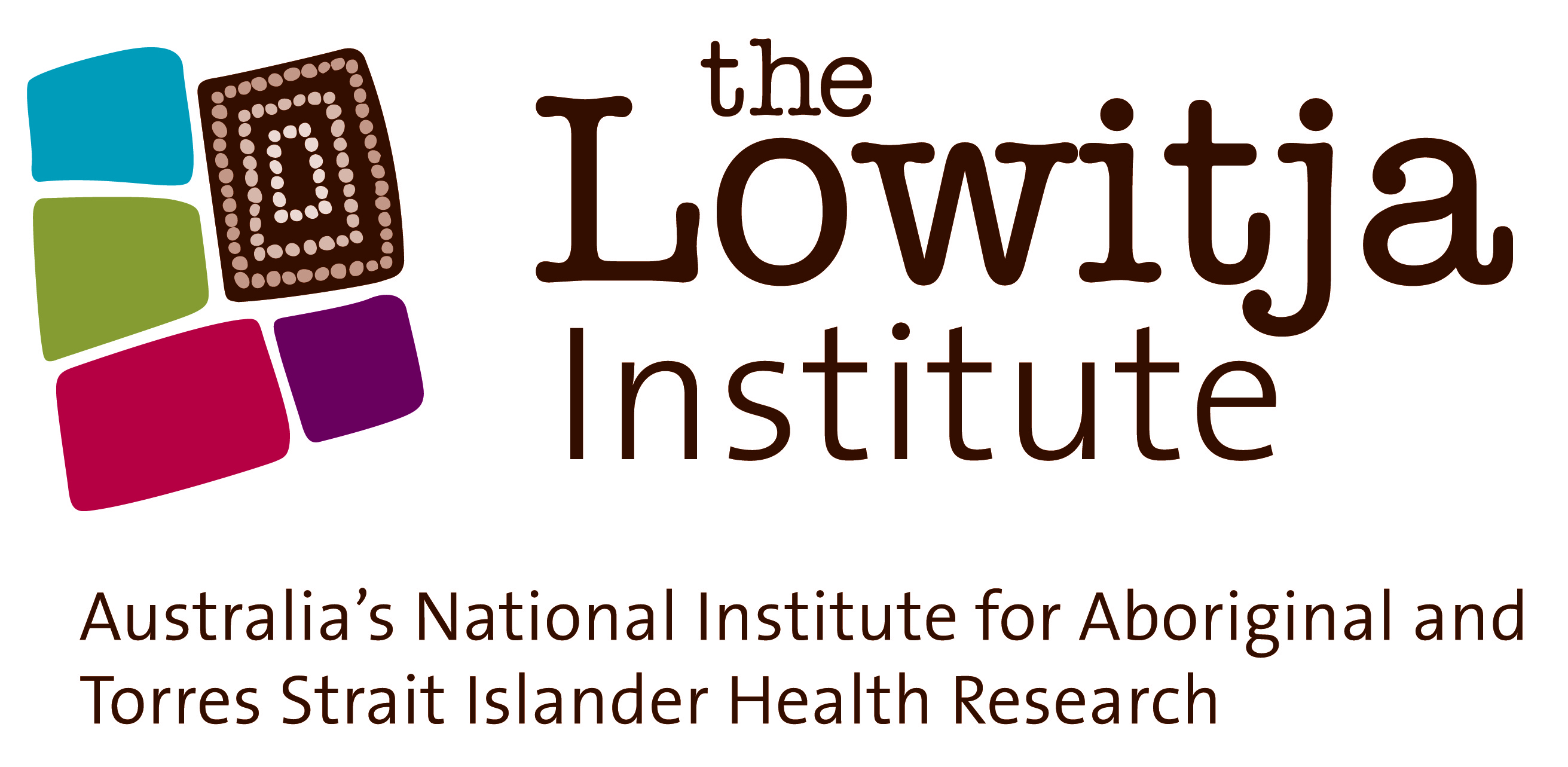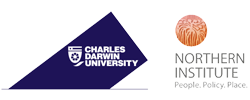Developing a strong identity is the highest priority for Yolŋu families in growing up their children

Murimuri, aged 6, is painted with her miny'tji - sacred clan design that is appropriate to the funeral ceremony in which she is participating.
A strong cultural foundation to make our spirits strong
Building a strong cultural foundation is the dominant focus of teaching and learning for Yolŋu families in early childhood:
... it’s my vision for (my grandson)... I used to say to him, we’re are in two worlds, when we’re back in the home we’re talking and learning more like going out fishing, sitting around hearing stories, sitting around doing buŋgul (ceremony), you can hear the didgeridoo, clap sticks, singing, dancing, going out fishing for fish, turtle, going out to find yams, oysters...that is what he was learning about...so they will go through that pathway to get that what is there to make them really strong - our spirit - and carry on Yolŋu knowledge and pass that on the Yolŋu knowledge to come and meet with Balanda knowledge (Helen Nyomba, Yolŋu elder).
A strong foundation in the Yolŋu world is important so children can then learn from the Balanda world while still maintaining a strong Yolŋu identity - balancing both worlds. This is illustrated in the video below in which Yolŋu children are encouraged to stand strong and proud in their own foundation while combining this strength with a high level of Balanda knowledge.
From the time of conception a Yolŋu child is connected to all of creation through a range of established cultural systems. Yolŋu teach children about their connections through talking, teaching and testing all the time - this is 'the water that makes the seeds grow'.
Intensive communication from many family members from birth supports strong learning of this complex cultural knowledge. Language is the key to a strong Yolŋu identity - and to enable children to engage with the wider world.
Children's knowledge about their cultural connections is further developed and reinforced through their learning about ceremony and songlines.
Gurruṯu - the kinship system - weaves through every part of life
Click here to find out more about how children are connected through kinship to all other Yolŋu, animals, land and other elements of the natural world.
This rich network of connections is a central focus of learning from birth and many people will be involved in teaching the child: starting young is important for 'planting the seeds' for learning.
we teach them at an early age, the connections, clans...traditions...paintings and totems; it’s better when we teach them at a younger age because, if we wait til they get older, it’ll be harder for them to learn (Yolŋu grandmother)
Connecting through other cultural systems - moiety, mälk (skin name), bäpurru (clan), waŋarr (totemic ancestors), wäŋa (land), dhäruk (language) and miny'tji (sacred clan designs)

All people, animals, places and many other elements of the Yolŋu world are divided into two groups or moieties - dhuwa and yirritja.
Every child will belong to one of the two Yolŋu moieties. This will be determined by their parents' moiety - a child will be the same moiety as their father and the opposite of their mother as the parents must be from different moieties. This is a strong element of Yolŋu law that is still rarely broken.
Children learn early whether they are dhuwa or yirritja and this will influence the way they think about themselves, their place in the world and how they connect with others.
The child's mälk (subsection or skin-name) will be determined by their mother's mälk. For example, the female child of a woman who is Galikali will always be Gutjan and a son will always be Gudjuk. (Click here for examples for the children participating in case studies).
Children are most commonly called by their mälk or by gurruṯu (kinship connection to the speaker) and their given names are used rarely when they are small. People of all ages are often called by their mälk or through their gurrutu connection to the speaker who might not even know the person's given names.
It's really important for them to know this so they will marry the right way when they grow up and communicate the right way with other people – if they see someone they don’t know they will identify themselves first through their moiety then where they come from (connection to land), then their mälk – the two strangers will then identify what their kinship connection is - immediately they have an established relationship (Yalŋarra Guyula, Yolŋu researcher).
All Yolŋu are also connected through bäpurru (clan), waŋarr (totemic ancestors), wäŋa (land), dhäruk (language) and miny'tji (sacred clan designs as in the photo above). Some of these connections are illustrated in the following examples for the case study children:
Always when grandmothers and grandfathers hold the children they always sing their songline - like for Wamutjan they sing Djambarrpuyŋu song about king brown snake; for Murimuri they sing the song about a small black bird that is her totem - dabudabu - from Ritharrŋu clan; Gutjan they sing crocodile song for Gumatj - their totems; or Gudjuk they sing Gupapuyŋu songline about eagle - Wopulu; Gamarraŋ they sing Djarrak - seagull - his totem (Yalŋarra Guyula, Yolŋu researcher).
Connecting through names
Further connections are recognised and reinforced through the names given to the child. Yolŋu children are given names by their family members, often elderly people. Sometimes names are given to the child even before they are born. Any family members can choose names but usually names are given by the maternal and paternal grandparents and maternal uncles. They chose the right names according to the child’s totems or song lines – their connection to animals, places or other elements of the natural world. The names can also be chosen to connect with living relatives and ancestors.
Connections that names can symbolise are illustrated in this explanation from Gutjan’s mother about some of Gutjan’s many names:
…Gurritpal, Gutjan's maternal grandmother's grandmother… Gupurriŋu – it’s the name of a male grandfather but it can be used from both male and female, Layparany after her grandmother's sister who was named after her father's sister who drowned at the Wessels when the canoe turned over on the way…. one name is a sacred name, Munumbili - smelly algae in the sea - Yolŋu believe it is faeces from the whale and sacred… (Gutjan’s grandmother’s and great grandmother’s totem)
As well, when the unborn child communicates their existance through a sign from an animal or sometimes a dream - the wuŋiḻi yothu (a representation of the baby) - new connections are made between the child and the people who received the message.
Cultural foundations breaking down
Some Yolŋu families are concerned about the many changes in their lives from Balanda influence which has been steadily increasing since the first mission was established in the study location in the 1940s. These changes have undermined the strength of cultural education and practice (raypirri and rom). When cultural foundations are not strong, knowledge is lost and systems break down:
My honest opinion is, that if no one's going to stand strong on it, on Yolŋu culture, whatever is happening today is going to carry on. And at the end, it will fade, the kinship - we call it gurrutu, the names in that gurrutu.... that’ll go away and then everything else will go with it and we’ll be like Balanda. We’ll be just tokens, saying that I’m Yolŋu but really I’m not.... (Yolŋu grandfather).
They are schooling and coming out and not sitting down and listening to mother and grandmother and father… (Yolŋu father)
With all the break down in the rules a lot of younger people don’t know their family tree, and sometimes even old people (Yolŋu researcher)
For example, when children leave home to attend school away from the community or when they have little contact with extended family for other reasons they can miss out on learning Yolŋu knowledge about their connections.



